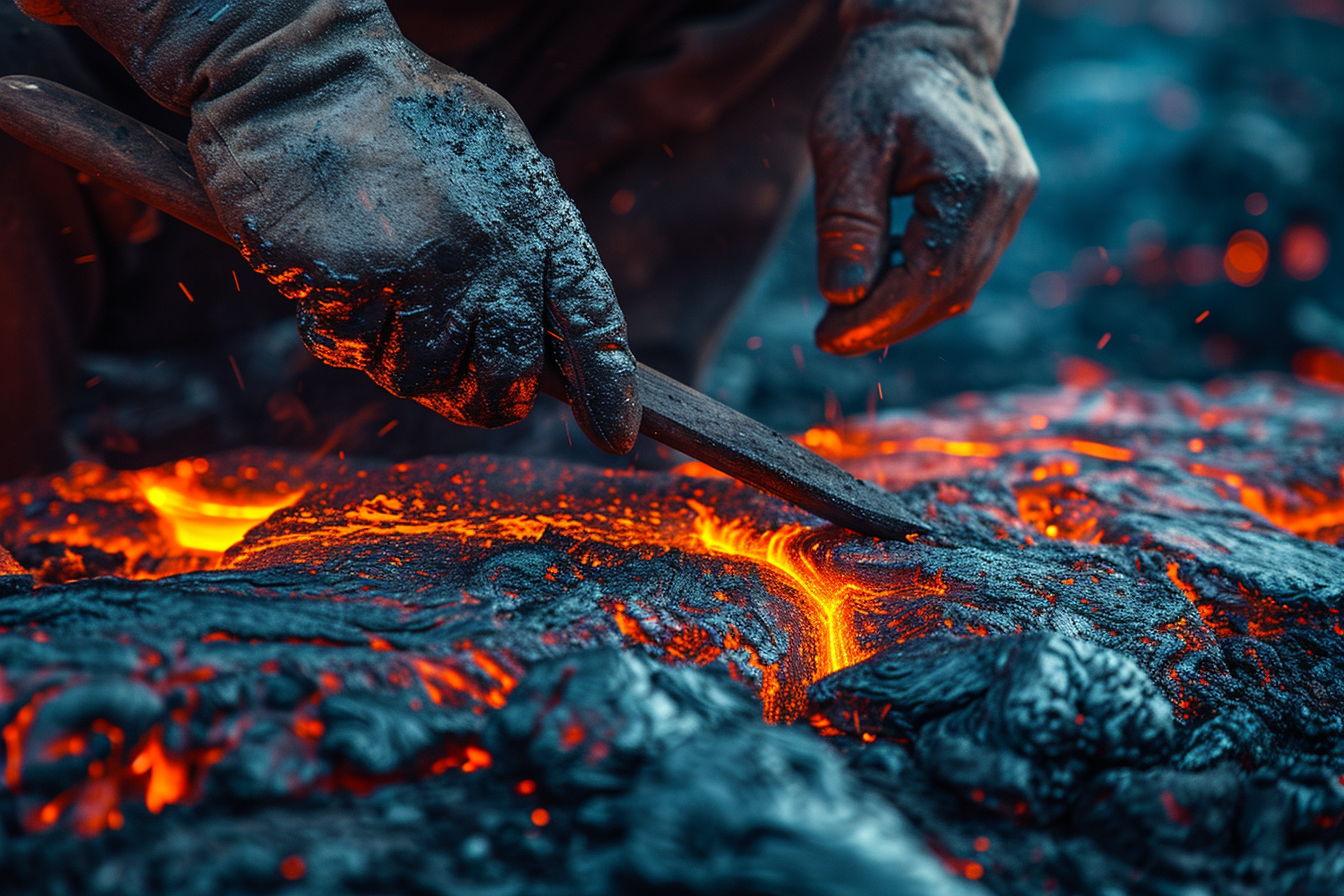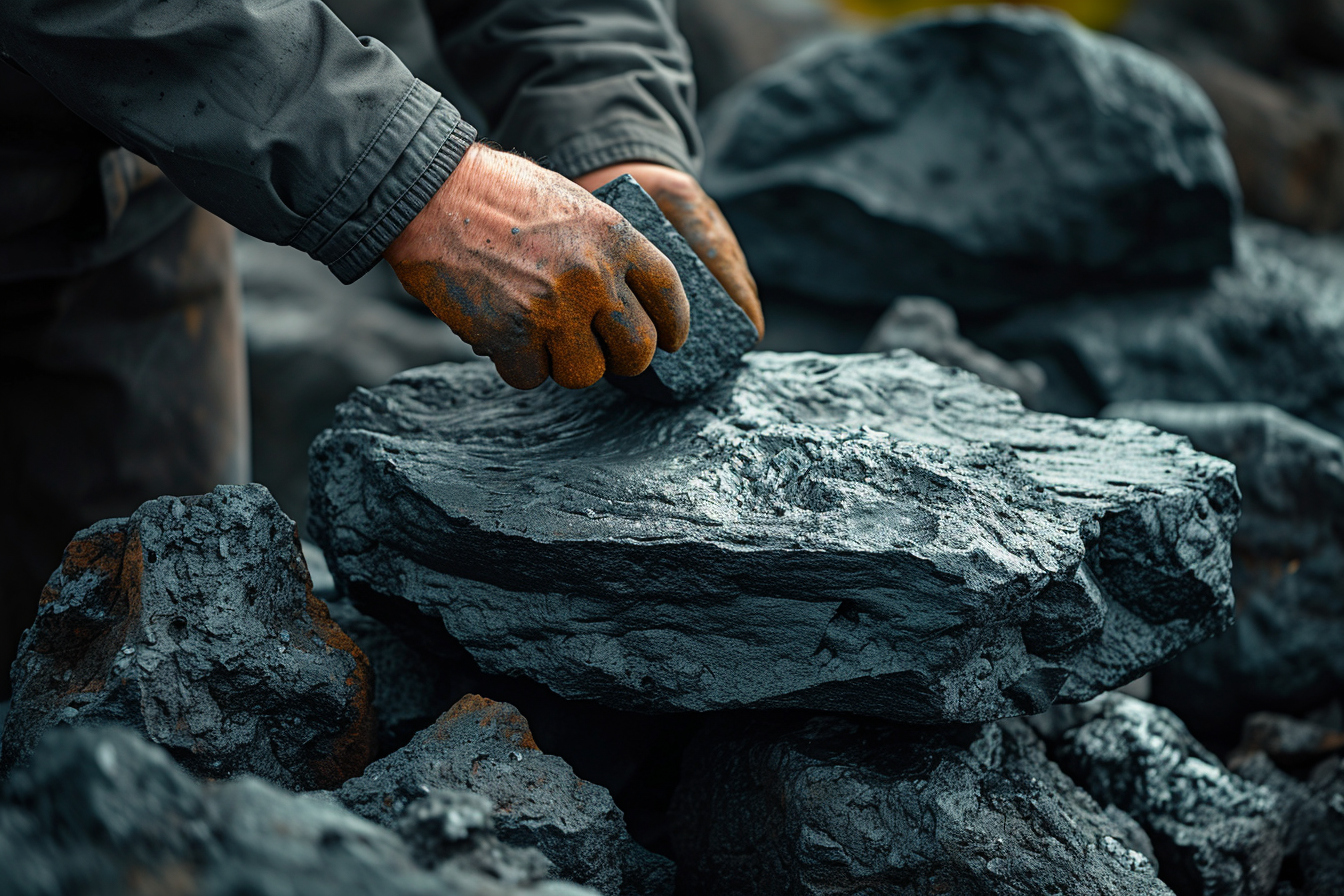
The allure of lava stone sculpture
Sculpting on lava stone involves both ancient charisma and a touch of geological enchantment. As the primary material, lava stone—also known as basalt—comes from the core of earth’s raw power, giving artists an opportunity to connect with the planet’s fiery artistry. Those with a penchant for uniqueness and strength, find lava stone a medium of for compelling creations, blending art with the energy of past volcanic events.
Understanding lava stone
Before delving into the art of sculpting, it is essential to understand the medium. Lava stone results from the rapid cooling of magma expelled during a volcanic eruption. The stone’s characteristic small holes and vesicles stem from the escape of volcanic gases. Due to its origin, each stone harbors a unique history, contributing to its allure as a medium of artistic expression.
Advantages of Lava Stone for Sculpture:
- Durability: Lava stone is among the most robust materials, standing well against weathering and erosion.
- Texture: The natural roughness and porosity offer an appealing texture, allowing artists to explore different finishes.
- Thermal Insulation: These properties enable the creation of works that can persist outdoors.
- Visual Appeal: The stone’s rich color variations can range from shades of grey to black, adding depth and character to sculptures.
Preparing to sculpt lava stone
Selecting the Right Tools:
- Chisels and Hammers: Chisels of varying sizes and shapes are needed to gradually bring form out of the stone. Hammers will accompany the chisels to carefully chip away the material.
- Diamond Cutting Tools: Given the hardness of basalt, diamond-edge cutting tools may be necessary, especially for cutting larger sections of the stone.
- Carbide-Tipped Tools: These are useful for fine-tuning and adding details to the sculpture.
- Safety Equipment: Always prioritize safety with goggles, ear protection, and dust masks. Lava stone can produce sharp fragments and fine dust.
Condition the Stone:
First, the artist should clean the stone, removing any detritus from its surface. A thorough examination is crucial to identify the stone’s veins and potential fault lines, which can influence the sculptural process and the final form the material can take.
The artistic process
Conceptualize the Design:
For any sculpture, beginning with a strong concept is paramount. Whether seeking to express fluidity or to capture an element of stasis, draft preliminary sketches and consider the stone’s unique features. This foresight ensures that the stone’s natural properties elevate the artwork.
Roughing Out:
Start by marking out the basic shape of the sculpture on the stone with a pencil or chalk. The roughing out phase removes large portions of unnecessary material. Artists should approach this stage with patience and a mind tuned towards the stone’s resistance.
Refinement:
After the initial shape is roughed out, the process of refinement begins. Smaller tools take the stage, transforming the crude form into something resembling the final vision. This stage is more delicate and often defines the sculpture’s aesthetic quality.
Tips for working with lava stone
- Work with the Stone, Not Against It: Lava stone features inherent texture and lines. These characteristics can inform and inspire the resulting shape and design.
- Pacing is Key: Rapid strikes might fracture the stone unpredictably. Progress should be measured and rhythmic, allowing for controlled chipping away of material.
- Regular Inspection: Stop frequently to inspect the work from different angles. This practice avoids oversights that could lead to mistakes difficult to remedy.
- Embrace the Material’s Diversity: Make use of the various colors and textures by incorporating them into the design, turning potential flaws into artistic highlights.
Advanced techniques
Once comfortable with the foundational processes, artists can explore advanced techniques to add complexity and nuance to their sculptures.
Polishing and Smoothing:
A polished lava stone sculpture bears a striking appearance. Achieving a smooth finish requires a series of finer abrasives until the desired texture is obtained. Some artists choose to leave certain areas rough to highlight the stone’s natural state—a contrast between the polished and raw surfaces can be visually arresting.
Incorporating Mixed Media:
Lava stone can be part of a larger assembly, combining with other materials such as metal, glass, or wood to expand the artwork’s dimensions. The fusion of different textures and elements can offer a more comprehensive narrative.
Thematic Deep Dives:
Embrace themes that resonate with the origins of the stone. Mythological figures, natural phenomena, and interpretations of strength and endurance often align well with the essence of lava stone, creating a cohesive story within the sculpture.
Frequently asked questions
Q: How long does it take to create a lava stone sculpture?
Every sculpture is a unique undertaking. Factors including the complexity of the design, size of the stone, and the artist’s experience determine the timeframe. Some pieces may be completed in a few days, while others could require months of dedicated work.
Q: Can lava stone sculptures be displayed outdoors?
Yes, lava stone’s natural resistance to weathering makes it ideal for outdoor installations. However, certain climates might warrant specific treatments to protect the sculpture from extreme conditions.
Q: Are there ethical considerations involved in using lava stone?
Sourcing materials should always be done with respect to the environment and indigenous cultures. Ensure that the procurement of lava stone is sustainable and does not desecrate natural or sacred sites.
Embracing the journey
Mastering the art of volcanic creation through lava stone sculpture is a journey of persistent learning. Each stone presents a conversation, filled with promises and challenges. It’s a process that not only hones your skills as an artist but deepens your connection with the raw materials that shape our world.
As artists push the boundaries of their craft and capture the fierce beauty of volcanic history, they contribute to a timeless tradition. Their work becomes a testimony to the power of human expression, immortalized through the medium of Earth’s molten heartbeat.
Continue to explore, experiment, and express through the potent medium of lava stone, allowing its primeval allure to fuel your artistic endeavors. Keep carving your path in the ever-evolving landscape of sculpture, letting the story of the stone and the language of your hands blend in harmonious creation.











